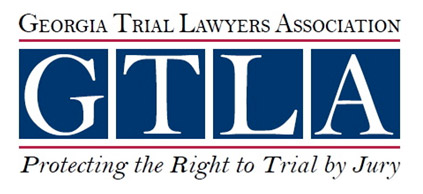A new study has found that young athletes who return to a game before a concussion has fully healed and then sustain another head injury can suffer serious and potentially deadly brain complications.
The condition is known as “second-impact syndrome” and it is especially harmful among those athletes under age 25. Every reported case of second-impact syndrome has occurred in young people according to experts. The reason is that young brains are still maturing. And do not have room to accommodate swelling.
Medical experts say that if a brain is not given enough time to recover from an initial concussion, a second one can have a devastating, and typically fatal, effect. This is even the case when the second injury is nothing more than a small bump. The second hit can cause the brain to swell enormously but it is the first injury that makes the player a walking time bomb.
There have been many reports of second-impact syndrome over the past several decades but a recent incident involving a young athlete drew special attention to the issue. That’s because the teen that died had a CT scan after the first hit and it came back clean before he returned to play. The lesson from the authors of the study, which appeared in the Journal of Neurosurgery: Pediatrics, is that, unlike what people used to think, a CT scan does not clear you for future contact.
Experts say that second-impact syndrome appears to be a relatively rare condition. The Centers for Disease Control and Prevention recorded 17 deaths from SIS between 1992 and 1995, though the same report said that those figures could be underestimated. Although SIS is rare, it is always devastating. Victims who do not die from the condition are left with life-altering brain injuries.
Thankfully, doctors say there are ways to prevent a second injury and this starts with knowing the signs of concussion. This means parents and athletes should watch for headaches, dizziness, mood swings, vomiting and vision trouble. If players have any of the symptoms in the hours or days after a head injury their activity should immediately be restricted. Also, it’s important to remember that young athletes may be reluctant to admit to such problems, especially if they are eager to return to an important game. Parents and coaches should thus keep a watchful eye, even if players claim to feel fine.
The news about SIS should serve as a reminder to parents and athletes that everyone needs to take every jolt to the head seriously. Pope McGlamry P.C., currently represents former professional football players for injuries and damages sustained as a result of suffering concussions while playing football, and is actively involved in this litigation. If you or someone you love has been injured by a sports-related concussion, you may be entitled to compensation.
Source: “Second concussion can be devastating, even after clear CT scan, study finds,” by Linda Carroll, published at NBCNews.com.
See Our Related Blog Posts:
Big Push Among Hospitals Aimed At Improving Awareness of Concussion Care for Young Athletes
Research Indicates Link Between Traumatic Brain Injury and Development of Parkinson’s




